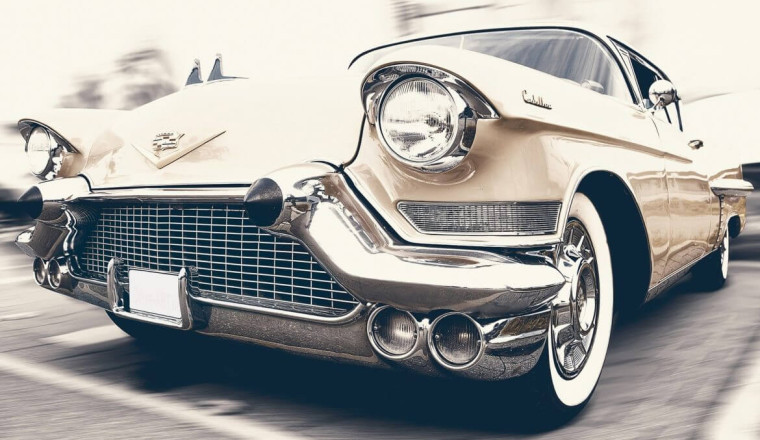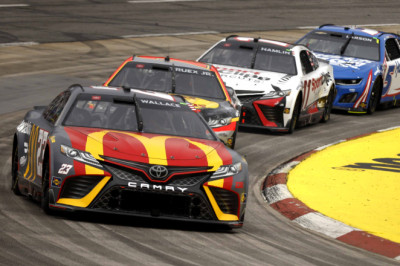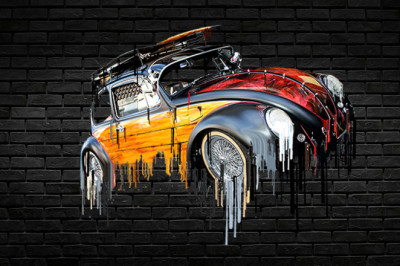
First, there’s the undeniable allure of muscle cars and sports classics that defined the roaring ’60s and early ’70s. Cars like the ’67 Chevrolet Camaro, the Ford Mustang Shelby GT350, and the Dodge Charger have become holy grails for collectors because they represent raw performance combined with unmistakable design. They’re the cars that got a generation hooked on horsepower, the ones kids dreamed about, and the focus of countless racetrack battles and street runs.
According to classic car expert Linda Martinez, “These cars are tangible pieces of Americana. They tell stories of innovation, competition, and social change. Collectors are drawn not just to their performance but to the cultural meaning they carry.” She points out that owning a classic isn’t just about the car; it’s about owning a piece of history.
But the list of collectible classics goes beyond muscle cars. Luxury models like the Cadillac Eldorado and Lincoln Continental mark a different era—one of elegance and status in post-war America. Their craftsmanship, sweeping lines, and iconic features like the tailfins make them prized today for their style and symbolism.
Then there are rarities. Low-production models like the Buick GNX or the Shelby Cobra shine in the collector world because of their exclusivity and performance pedigree. As Mike Reynolds, a famed automotive appraiser, explains, “Rarity creates demand. If only a few hundred were ever made, and that many survive, you’re looking at a car that becomes not just collectible, but legendary.”
Why do these cars still matter? For starters, they remind us of where American automotive engineering came from. They’re milestones that show how design, power, and innovation have moved the industry forward. But beyond the nuts and bolts, collectible classics serve as cultural touchstones. They connect generations—grandparents sharing stories about their first car, kids watching old movies, families gathering around at car shows.
Plus, in an age of digital everything, there’s something incredibly tactile and real about these cars. Restoring a classic or simply taking it for a weekend cruise is a way to slow down, appreciate craftsmanship, and experience the joy of driving in its purest form.
The market for collectible classics remains strong, and these cars often hold or increase their value, especially well-maintained or authentically restored examples. But the true value comes from the joy and pride owners feel.
Collectible classics matter because they bring history to life, inspire passion, and remind us all of a time when cars were more than transportation—they were freedom, style, and a whole lot of soul on four wheels.














